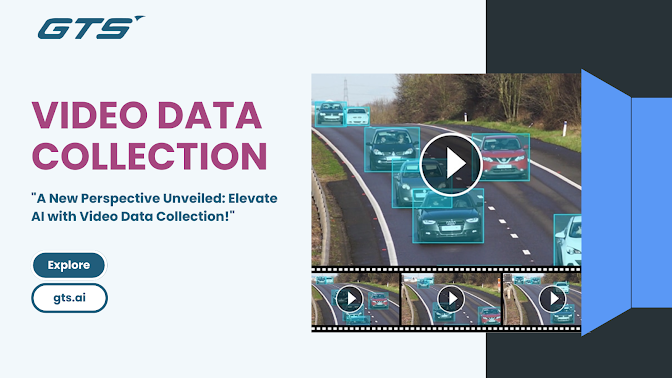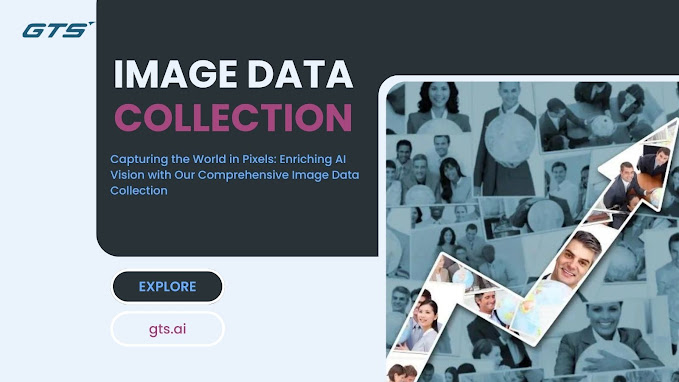.png)
The Dos and Don'ts of Video Data Collection in ML Projects Introduction: In the ever-evolving field of machine learning, Video Data Collection has emerged as a crucial aspect of training robust and accurate models. Whether you're working on object detection, action recognition, or any other video-based ML project, the quality and quantity of your data can significantly impact the success of your algorithm. In this blog, we will explore the dos and don'ts of video data collection to help your company achieve outstanding results in its ML endeavours, with a particular focus on Video Data Collection. The Dos of Video Data Collection: Define Clear Objectives: Before embarking on any data collection, establish clear objectives for your ML project. Understand the specific insights or outcomes you want to derive from the video data. This clarity will guide your data collection efforts and streamline the process. Diversify Your Data Sources: Gather video data from various source...

.png)










.png)
.jpg)